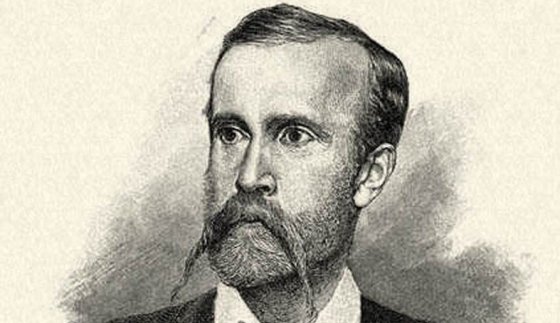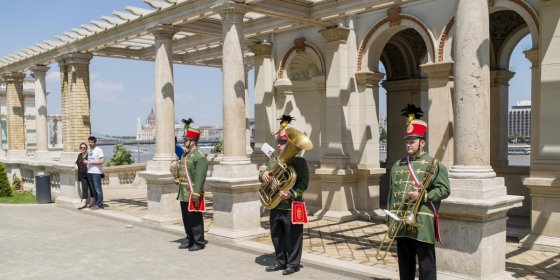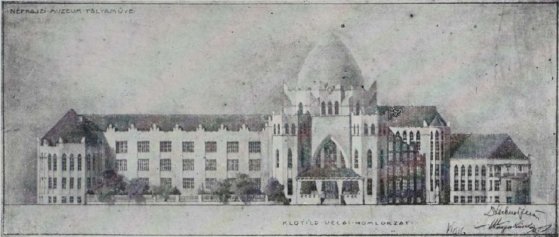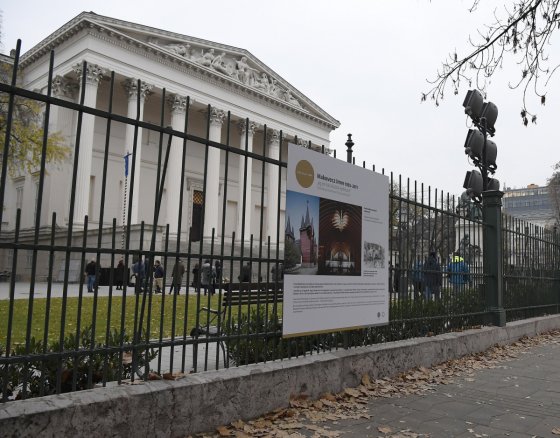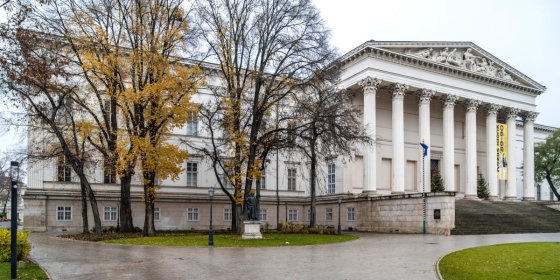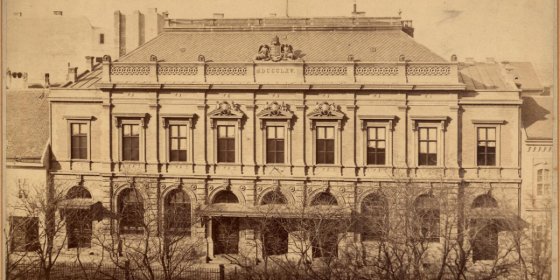 The „intertwined history” of the bridges and the city of Budapest
Which ideas and events have shaped the fate of bridges of Budapest and the cityscape? Alongside many other interesting facts, this question is also answered this newly published book by the Budapest City Archives, which introduces the history of bridges in Budapest.
The „intertwined history” of the bridges and the city of Budapest
Which ideas and events have shaped the fate of bridges of Budapest and the cityscape? Alongside many other interesting facts, this question is also answered this newly published book by the Budapest City Archives, which introduces the history of bridges in Budapest.
National Museum
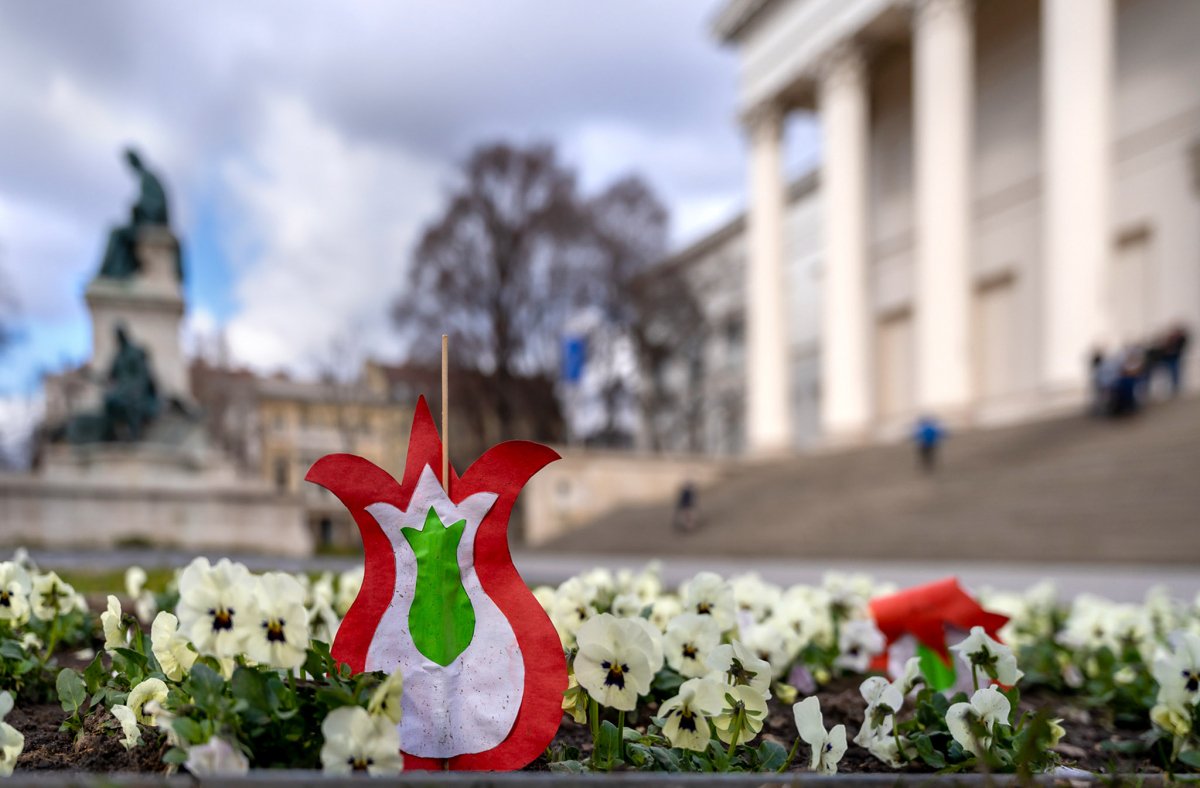 In the footsteps of Petőfi: A walk around the sites of the Revolution of 15 March in Pest and Buda
In the footsteps of Petőfi: A walk around the sites of the Revolution of 15 March in Pest and Buda
March 15, 2023 at 11:00 AM
The sites of the Revolution of 15 March 1848 in Pest and Buda can still be visited today, and even some of the buildings that played an important role in the events are still there: standing in front of the National Museum, the Landerer and Heckenast Printing House, the Locotenential Council and the Táncsics-prison, anyone can recall the events.
Imre Madách, born 200 years ago, became a writer in Pest
January 28, 2023 at 9:00 AM
The young Imre Madách lived in Pest for three years. While completing his law studies at the University of Pest, he also got involved in social and cultural life. He regularly visited the performances of the Hungarian Theatre of Pest, attended concerts at the National Casino, but the highly educated young man also learned to paint, fence, and play the piano in the capital. His first volume was published here. Pestbuda remembers Imre Madách, who was born 200 years ago.
Music plays in the most beautiful parts of Budapest
June 30, 2022 at 7:00 PM
160 mini-concerts are organized in the capital's historic squares in the summer. This year's Zenélő Budapest series will be held at venues such as the Museum of Fine Arts, the Hungarian National Museum, the Várkert Bazaar, the House of Hungarian Music or the Hegyvidéki Cultural Hall. This year, there will be events at the renewed historical locations of the Buda Palace District, such as the Csikós courtyard.
It could have been like that - A hundred-year-old plan for the Museum of Ethnography
May 24, 2022 at 9:00 AM
The new building of the Museum of Ethnography in the Városliget was ceremoniously handed over on Sunday. It is the first headquarters of the institution that was built for museum purposes during its hundred and fifty years of existence, although plans have been made for it earlier. Nearly a hundred years ago, in 1923, a tender was held for which various plans were submitted.
The Hungarian National Museum pays tribute to Imre Makovecz with an exhibition
November 23, 2021 at 2:00 PM
The Hungarian National Museum commemorates the 10th anniversary of the death of Imre Makovecz, an iconic figure in Hungarian organic architecture, with a photo exhibition.
The interiors of the Hungarian National Museum are being renovated
November 14, 2021 at 4:00 PM
Internal renovation work has begun at the Hungarian National Museum, during which the reception areas and the museum shop, as well as a café, will be renovated.
Members moved to the Former House of Representatives 155 years ago
April 15, 2021 at 10:30 AM
Two buildings in Pest were built for the national assembly. It is well-known that the vast Parliament Building on the Danube banks, completed in 1902, is one of the largest buildings in the world, houses the National Assembly. However, the Neo-Renaissance palace, the Former House of Representatives in Bródy Sándor Street, designed by Miklós Ybl, which elected members began using 155 years ago, is older than its grand sister.
The father of the Hungarian National Museum, Count Ferenc Széchenyi, died 200 years ago
December 21, 2020 at 9:00 AM
Among the noble families of Hungary, the Széchenyi's particularly contributed to the growth of Budapest. Works associated with István Széchenyi, the Chain Bridge and the building of the Hungarian Academy of Sciences are emblematic sites of the city, and his father, Ferenc Széchényi, can be tied to important institutions such as the National Széchényi Library and the Hungarian National Museum. The two respected institutions, which were one at the time, were founded in 1802 by Count Ferenc Széchényi as the third national collection in Europe. Today is the 200th anniversary of his death.
More articles
 The „intertwined history” of the bridges and the city of Budapest
Which ideas and events have shaped the fate of bridges of Budapest and the cityscape? Alongside many other interesting facts, this question is also answered this newly published book by the Budapest City Archives, which introduces the history of bridges in Budapest.
The „intertwined history” of the bridges and the city of Budapest
Which ideas and events have shaped the fate of bridges of Budapest and the cityscape? Alongside many other interesting facts, this question is also answered this newly published book by the Budapest City Archives, which introduces the history of bridges in Budapest.
 The Bridge Report, which brought a turning point in the history of Budapest
A travel report that changed the history of Pest and Buda, as well as Hungary. The little book contributed to the change of half a thousand years of legal customs and the implementation of an investment of unprecedented size and technical quality. This book was The Bridge Report [Hídjelentés in Hungarian].
The Bridge Report, which brought a turning point in the history of Budapest
A travel report that changed the history of Pest and Buda, as well as Hungary. The little book contributed to the change of half a thousand years of legal customs and the implementation of an investment of unprecedented size and technical quality. This book was The Bridge Report [Hídjelentés in Hungarian].
 Drama on the university wall - The heroic monument was planned 95 years ago
In the constant hustle and bustle of the Egyetem Square in Pest, the students may not even notice the monument that decorates the short section of wall between the church and the central building of ELTE. However, it commemorates their predecessors, the heroes who fought for their country in World War I, and those who heroically helped them. The first design of the dramatically collapsing soldier was born in 1928, ninety-five years ago.
Drama on the university wall - The heroic monument was planned 95 years ago
In the constant hustle and bustle of the Egyetem Square in Pest, the students may not even notice the monument that decorates the short section of wall between the church and the central building of ELTE. However, it commemorates their predecessors, the heroes who fought for their country in World War I, and those who heroically helped them. The first design of the dramatically collapsing soldier was born in 1928, ninety-five years ago.

